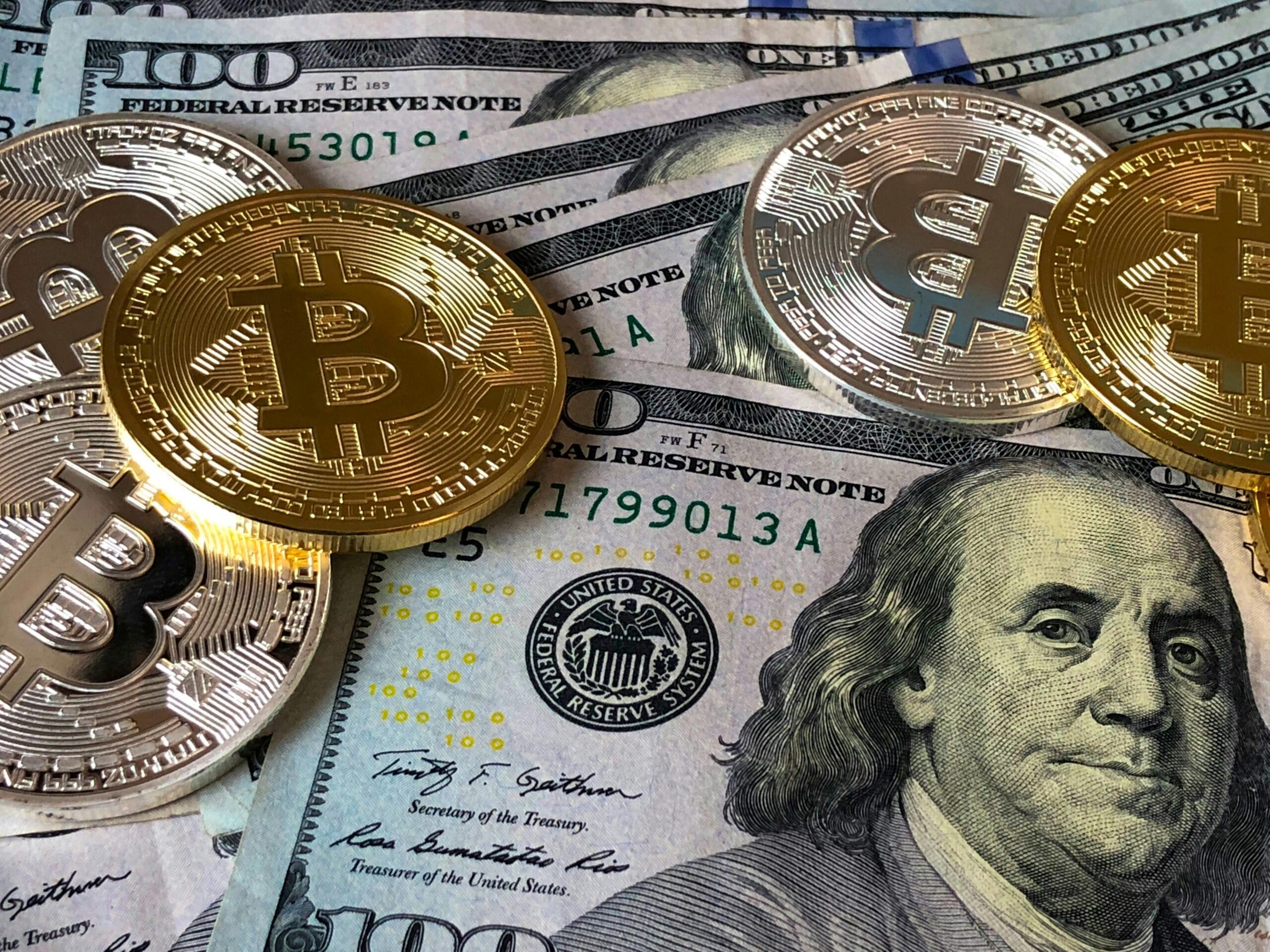Monetary policy is a type of policy where decisions are made by the Monetary Policy Committee (MPC) to evaluate credit flow in the market.
There are several key components of monetary policy, including:
CRR (Cash Reserve Ratio)
SLR (Statutory Liquidity Ratio)
Repo Rate
Reverse Repo Rate
Standing Deposit Facility, etc.
Among these, the repo rate is the most significant, as it has the most immediate and crucial impact on the market. The MPC analyzes credit-related data to decide whether to increase or decrease liquidity. Since the repo rate directly affects borrowing costs, it is a key tool in regulating liquidity.
In simple terms, if a bank needs credit, it borrows from the Reserve Bank of India (RBI). The interest charged by the RBI on this borrowed amount is called the repo rate.
When the RBI increases the repo rate, borrowing costs for banks also rise. Consequently, banks pass on these higher costs to consumers, making credit more expensive.
How Monetary Policy Works
The Monetary Policy Committee (MPC) consists of six members who analyse economic data and determine whether to adjust the repo rate.
Each member has an equal vote on whether to increase, decrease, or maintain the repo rate. If there is a tie, the RBI Governor has the deciding vote.
How Monetary Policy Affects the Stock Market
Monetary policy is a tool used by the MPC to support economic growth through controlled credit flow and inflation management.

There are two key approaches to monetary policy:
Expansionary Policy (to boost economic growth)
Contractionary Policy (to control inflation)
If inflation rises suddenly and exceeds the RBI’s target, it is seen as harmful to the economy. High inflation erodes savings and can slow GDP growth. To control this, the RBI increases the repo rate, making borrowing more expensive for banks. As a result, loans such as home loans, car loans, and business loans become costlier, reducing overall spending and credit flow in the economy.
A contractionary policy reduces inflation but can negatively impact economic growth. Companies facing higher borrowing costs may reduce investments and hiring, potentially leading to job losses and slower economic expansion.
If inflation remains persistently high, the RBI may have to keep repo rates elevated for an extended period, which can negatively impact stock markets. However, if the repo rate is raised only for a short period (e.g., one or two quarters), the impact on businesses is usually limited.
In 2022, the RBI raised the repo rate to control inflation, leading to increased borrowing costs and affecting both businesses and consumers.
Conversely, when the MPC lowers the repo rate, stock markets usually respond positively. Lower interest rates reduce EMIs (Equated Monthly Instalments), leaving consumers with more disposable income. This encourages spending, which in turn boosts economic growth. Lower borrowing costs also benefit companies by improving their profit margins.
This is known as the expansionary monetary policy.
Other Monetary Policy Tools
Apart from adjusting the repo rate, the MPC can use other measures to control inflation and liquidity:
CRR (Cash Reserve Ratio) and SLR (Statutory Liquidity Ratio): If the RBI lowers CRR or SLR, banks can lend more, increasing credit flow in the market. Conversely, raising CRR or SLR restricts bank lending, reducing credit availability.
Also read; Technical analysis; Difference between technical and fundamental analysis
How to predict monetary policy changes
The monetary policy framework generally remains stable, with changes occurring based on market conditions and inflation trends.
The RBI targets an inflation rate of around 4%. If inflation rises above 6%, the MPC is likely to increase the repo rate to bring it back under control. On the other hand, if inflation falls significantly below the target, the RBI may lower the repo rate to stimulate economic activity.
In times of economic slowdown, a lower repo rate encourages borrowing and investment, helping to boost growth.
However, extremely high repo rates are not ideal for emerging economies like India, as they make borrowing expensive and can hinder business expansion. Thus, the RBI aims to maintain a stable repo rate to support long-term economic growth.
What is monetary policy?
Monetary policy is a tool used by the Reserve Bank of India (RBI) to regulate credit flow and manage inflation in the economy. It involves decisions related to interest rates and liquidity management.
Who decides India’s monetary policy?
The Monetary Policy Committee (MPC), which consists of six members, decides monetary policy. The RBI Governor has the final vote in case of a tie.
Why is the repo rate important?
The repo rate directly impacts borrowing costs for banks and, in turn, consumers. An increase makes loans more expensive, while a decrease makes borrowing cheaper, affecting economic growth.
How does monetary policy affect inflation?
If inflation is high, the RBI raises the repo rate, making borrowing costlier and reducing spending. If inflation is low, the RBI lowers the repo rate to encourage borrowing and economic activity.
How does monetary policy impact the stock market?
Higher repo rates → Higher borrowing costs → Lower corporate profits → Stock market decline.
Lower repo rates → Lower borrowing costs → Increased investment → Stock market boost.
What is the difference between expansionary and contractionary monetary policy?
Expansionary policy: Lowering interest rates to boost growth.
Contractionary policy: Raising interest rates to control inflation.
How often does the RBI review monetary policy?
The MPC meets every two months (six times a year) to review economic conditions and adjust the policy accordingly.
How can investors predict monetary policy changes?
Investors track inflation trends, GDP growth, and RBI’s inflation target (4%). If inflation crosses 6%, the RBI is likely to raise rates; if it falls below the target, a rate cut may follow.

3 thoughts on “Monetary policy; How it works, Impact of monetary policy on stock market, Types of policy”